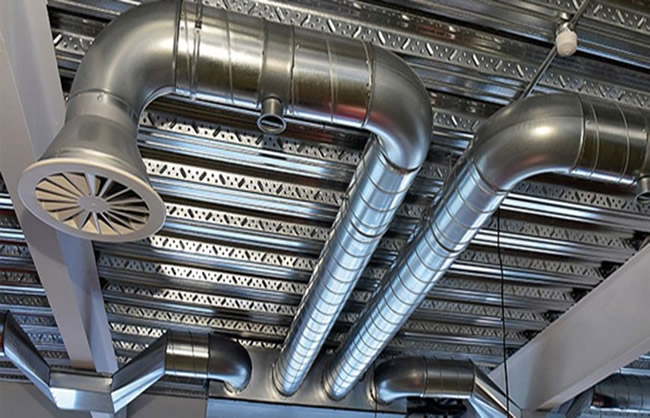Leaky Ducts
Leaky Ducts in HVAC: Unveiling the Hidden Culprit of Energy Loss
Introduction
In the realm of HVAC systems, ducts play a pivotal role in ensuring efficient heating, ventilation, and air conditioning. However, the often-overlooked issue of leaky ducts can significantly impact both the performance of your HVAC system and your energy bills.
Signs of Leaky Ducts
Identifying whether your ducts are leaking is crucial for maintaining the effectiveness of your HVAC system. Watch out for increased energy bills, uneven heating or cooling in different rooms, and the presence of dust and debris around vents.
Causes of Leaky Ducts
Understanding the root causes of duct leaks is essential. Factors such as the age and wear of ducts, poor initial installation, and sealing issues contribute to this common problem.
Impact on Energy Efficiency
Leaky ducts lead to energy loss, making your HVAC system work harder to maintain desired temperatures. This not only increases your energy bills but also has a negative environmental impact.
Health Concerns
Beyond the financial implications, leaky ducts can compromise indoor air quality. Mold growth in ducts can lead to respiratory issues and other health concerns.
Detecting Leaks
Professional inspections are recommended, but there are also DIY methods to detect duct leaks. These can include using smoke pencils or feeling for airflow irregularities.
Importance of Timely Repairs
Addressing duct leaks promptly is crucial for cost savings and extending the lifespan of your HVAC system. Delaying repairs can lead to more extensive damage and higher repair costs.
DIY Duct Sealing
For minor leaks, you can attempt DIY duct sealing. All you need are basic materials and a step-by-step guide to patch up small gaps and cracks.
When to Call Professionals
While DIY methods work for minor issues, extensive damage or safety concerns should prompt a call to professionals. They have the expertise and tools to handle complex duct problems.
Preventive Measures
Regular maintenance, upgrading insulation, and ensuring proper installation are preventive measures that can mitigate the risk of duct leaks.
Benefits of Addressing Leaky Ducts
Addressing duct leaks brings a myriad of benefits, including improved energy efficiency, enhanced indoor air quality, and long-term cost savings.
Common Misconceptions
Dispelling common misconceptions, such as using duct tape as a permanent solution and ignoring minor leaks, is vital for effective duct maintenance.
Future of HVAC Duct Technology
Explore the future of HVAC duct technology, including innovations in duct materials and the emergence of smart duct systems that enhance efficiency and customization.
Case Studies
Learn from real-world examples of individuals and businesses facing issues with leaky ducts, showcasing the diverse scenarios and solutions to common problems.
Conclusion
Leaky ducts might be the hidden culprit behind escalating energy bills and compromised indoor air quality. By understanding the signs, causes, and solutions, you can take proactive steps to maintain a well-functioning HVAC system.
FAQs
- Can leaky ducts really impact my energy bills?
- Yes, leaky ducts lead to energy loss, causing your HVAC system to work harder and increasing your energy bills.
- Is DIY duct sealing effective?
- For minor leaks, DIY duct sealing can be effective. However, professional inspections are recommended for extensive damage.
- What are the health risks associated with mold in ducts?
- Mold in ducts can lead to respiratory issues and other health concerns, especially for individuals with allergies or respiratory conditions.
- How often should I have my ducts inspected?
- Regular duct inspections, at least once a year, are recommended to catch and address issues early.
- Are smart duct systems worth investing in?
- Smart duct systems can enhance efficiency and customization, making them a worthwhile investment for long-term energy savings.




Comments
Post a Comment